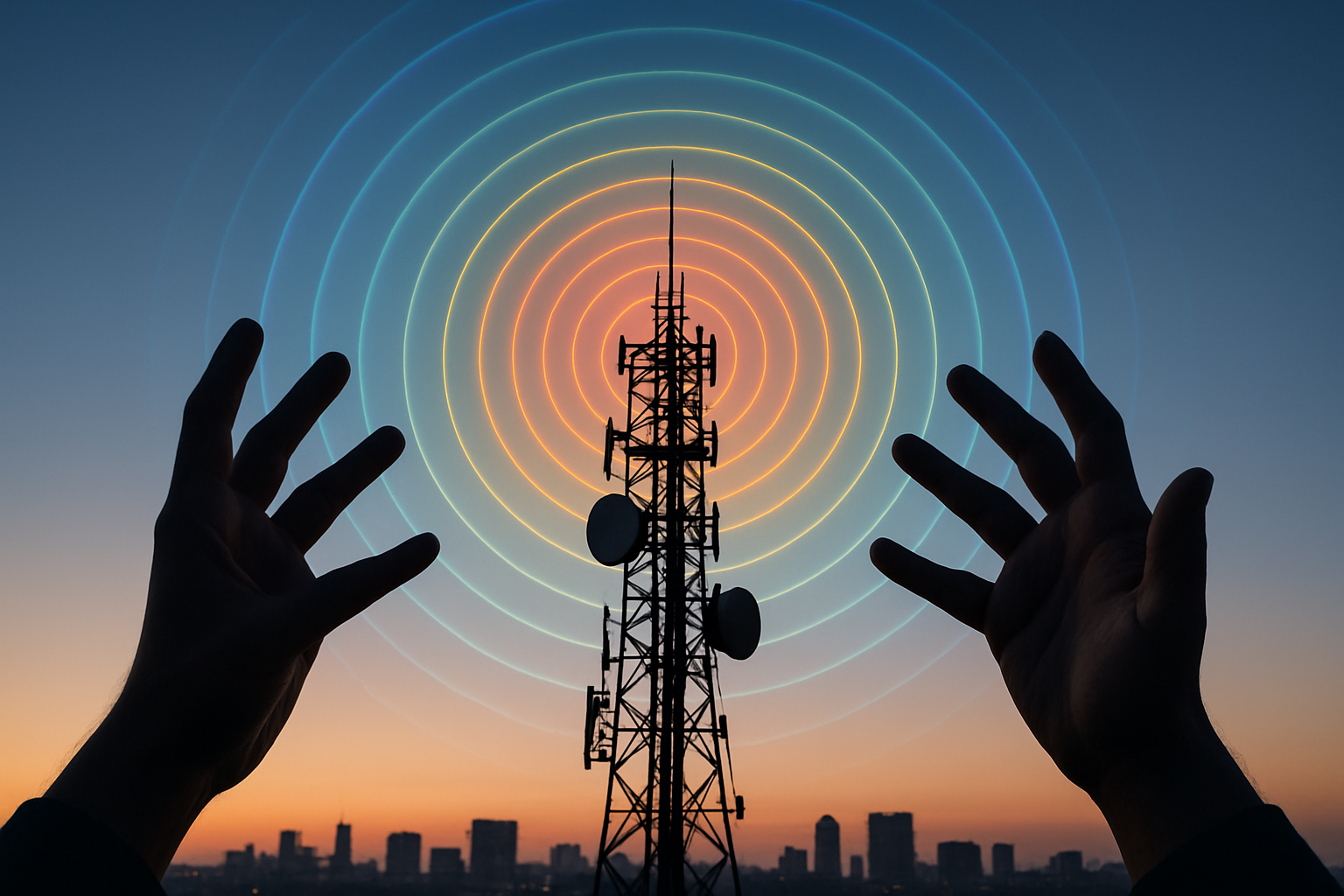Terahertz Waves: The Next Frontier in Wireless Communication
In the ever-evolving landscape of telecommunications, a groundbreaking technology is poised to revolutionize wireless communication. Terahertz waves, operating at frequencies between microwave and infrared light, offer unprecedented data transmission speeds and bandwidth capacity. This article delves into the potential of terahertz communication, exploring its applications, challenges, and the transformative impact it could have on our connected world.

The unique properties of terahertz waves make them particularly attractive for wireless communication. They can carry significantly more data than current microwave-based systems, potentially enabling transmission rates of up to several terabits per second. This immense capacity could support the ever-growing demand for high-speed data transfer in our increasingly connected world.
Historical Context and Technological Milestones
The journey towards terahertz communication began in the late 20th century when researchers first started exploring the potential of these high-frequency waves. Early experiments focused on developing reliable sources and detectors for terahertz radiation, which proved to be a significant challenge due to the unique behavior of electromagnetic waves at these frequencies.
In the 1990s, the invention of the quantum cascade laser marked a crucial milestone in terahertz technology. This novel device allowed for the efficient generation of terahertz waves, paving the way for practical applications. Subsequent advancements in photonics and nanotechnology further improved the ability to manipulate and detect terahertz radiation, bringing the dream of terahertz communication closer to reality.
Current Research and Industry Trends
Today, research in terahertz communication is advancing rapidly, with academic institutions and tech giants alike investing heavily in this promising field. Several key areas of focus have emerged:
-
Development of efficient terahertz transmitters and receivers
-
Overcoming atmospheric absorption and signal degradation
-
Integration with existing communication infrastructure
-
Exploration of novel materials for terahertz devices
Industry leaders are also taking notice of the potential of terahertz technology. Major telecommunications companies are exploring ways to incorporate terahertz communication into their future network plans, recognizing its potential to address the growing demand for ultra-high-speed wireless connectivity.
Applications and Potential Impact
The implications of terahertz communication extend far beyond faster internet speeds. This technology could enable a wide range of transformative applications across various sectors:
-
Ultra-high-definition video streaming and holographic displays
-
Real-time remote medical diagnostics and telesurgery
-
High-speed wireless backhaul for dense urban networks
-
Secure short-range communication for military and defense applications
-
Enhanced virtual and augmented reality experiences
In the realm of scientific research, terahertz communication could facilitate the rapid transfer of massive datasets, accelerating breakthroughs in fields such as astronomy, particle physics, and climate science.
Challenges and Limitations
Despite its immense potential, terahertz communication faces several significant challenges that must be overcome before widespread adoption:
-
Limited transmission range due to atmospheric absorption
-
High power consumption of current terahertz devices
-
Complexity and cost of terahertz transmitters and receivers
-
Integration with existing communication standards and protocols
Researchers are actively working on solutions to these challenges, exploring novel materials, antenna designs, and signal processing techniques to improve the viability of terahertz communication systems.
Regulatory Considerations
As terahertz technology advances, regulatory bodies worldwide are grappling with the task of allocating and managing this newly accessible spectrum. The International Telecommunication Union (ITU) has begun discussions on how to incorporate terahertz frequencies into existing regulatory frameworks, balancing the needs of various stakeholders while ensuring efficient use of this valuable resource.
Policymakers must also consider the potential health and safety implications of widespread terahertz communication, although current research suggests that the non-ionizing nature of terahertz radiation poses minimal risk to human health.
The Road Ahead
While terahertz communication is still in its early stages, the rapid pace of technological advancement suggests that we may see practical applications within the next decade. As researchers continue to push the boundaries of what’s possible, terahertz technology has the potential to usher in a new era of wireless communication, transforming the way we connect, work, and interact with the world around us.
The journey towards harnessing the full potential of terahertz waves will require continued collaboration between academia, industry, and regulatory bodies. As we stand on the brink of this exciting new frontier in telecommunications, one thing is clear: the future of wireless communication is looking brighter—and faster—than ever before.





